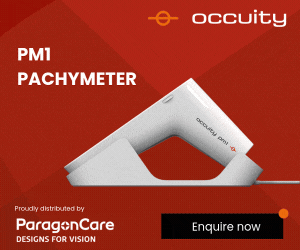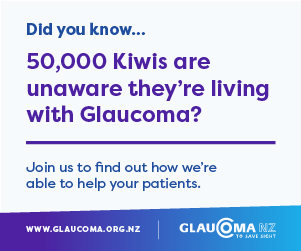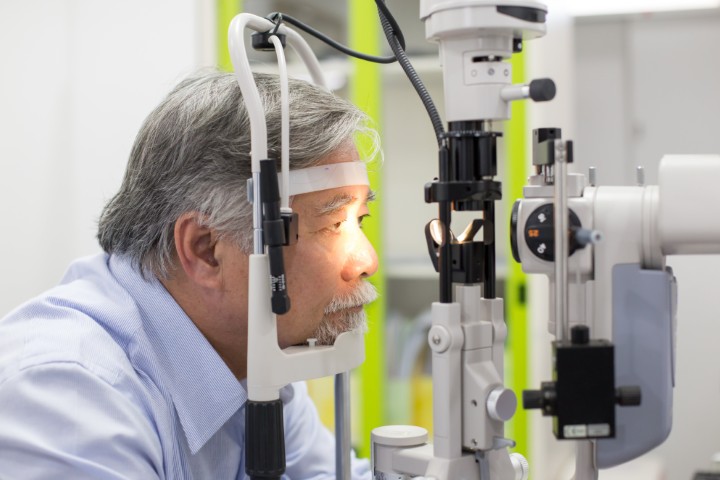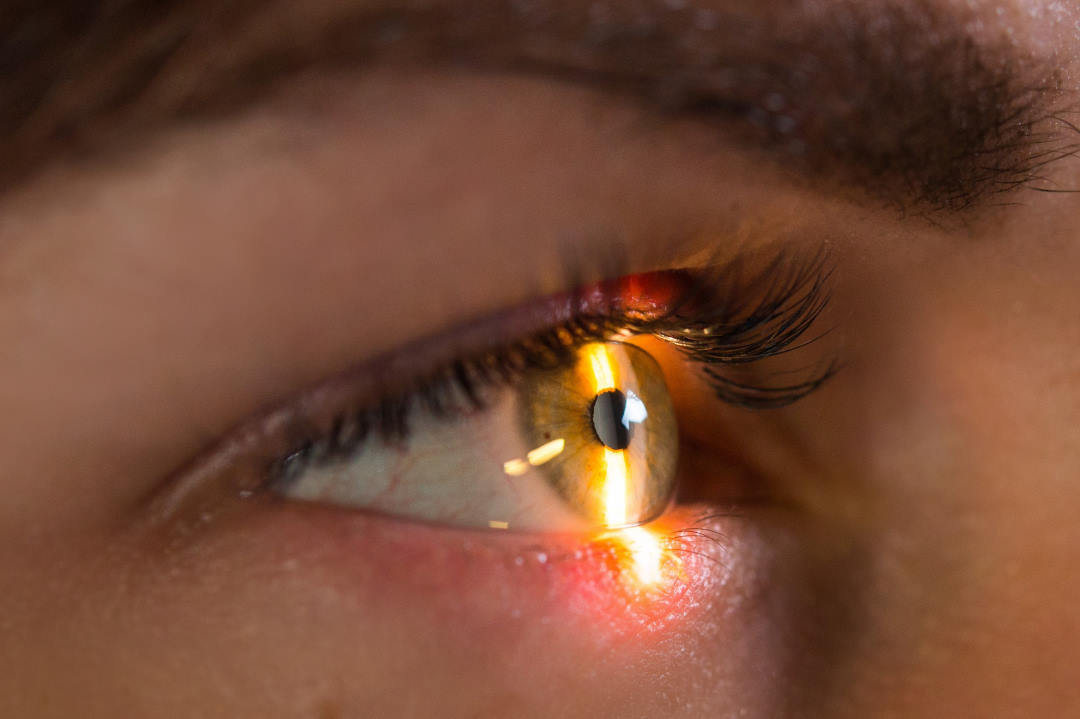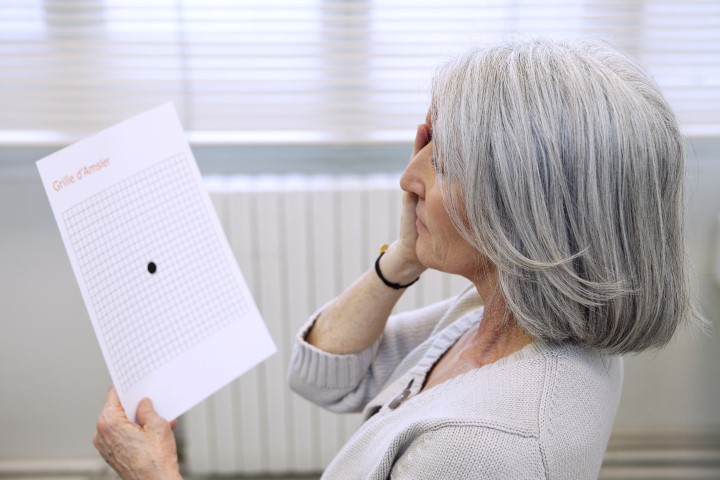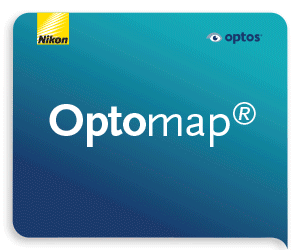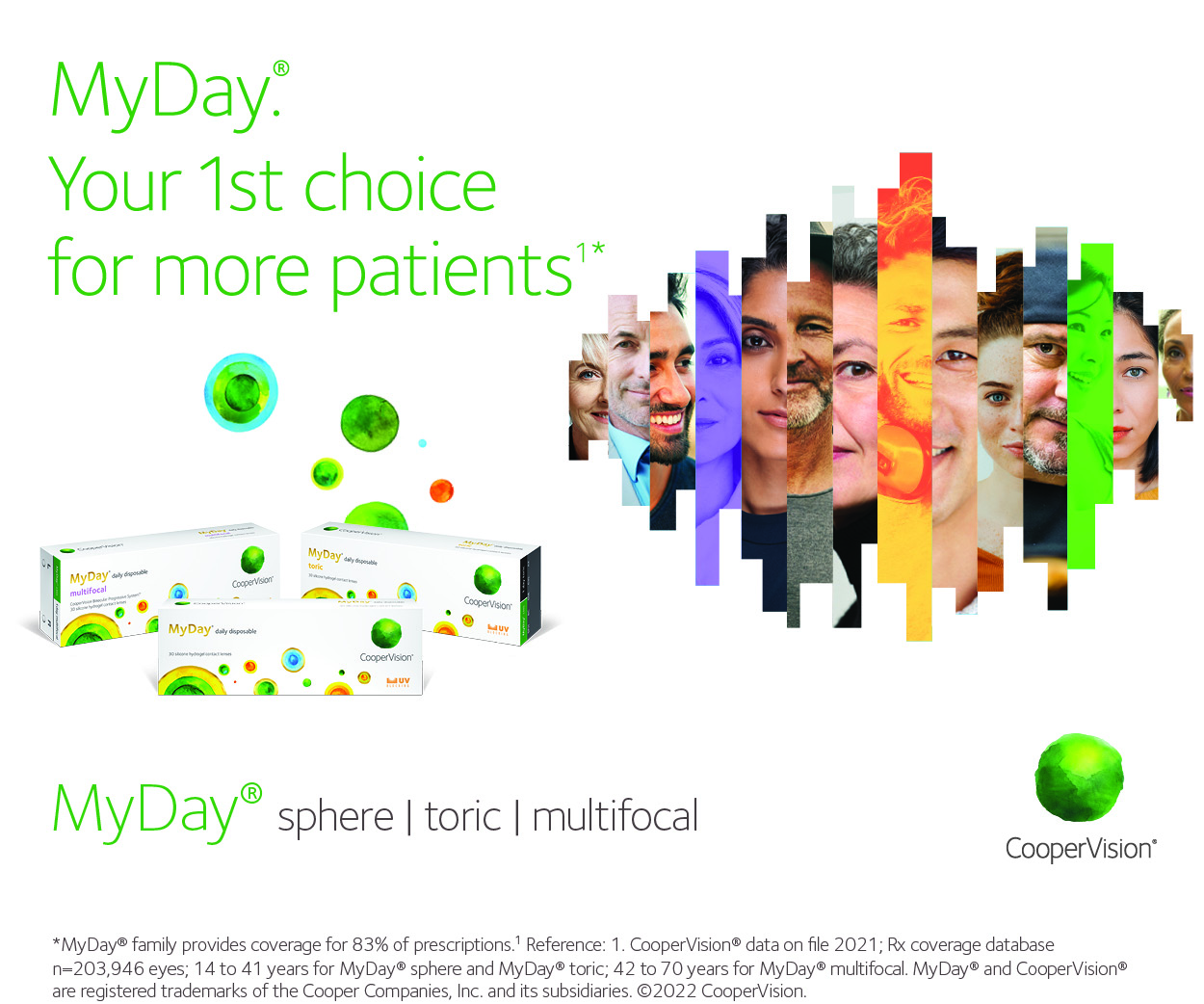Automated insulin delivery safe in DR patients
An international team led by New Zealand researchers found patients with type-1 diabetes had stable or improved diabetic retinopathy (DR) after using automated insulin delivery (AID) for at least six months.
The need to demonstrate safety in people commencing AID is due to rapid glycaemic improvement, which can lead to early worsening of DR (EWDR), said researchers led by University of Otago’s Matilda Johansson, writing in Diabetes Technology & Therapeutics. “We aimed to investigate short-term DR outcomes in 165 people (aged ≥13 years) with type 1 diabetes.”
Results showed age ≥18 years at AID initiation was the only significant risk factor for any worsening of DR, reported the research team. In addition, none of the study’s participants with diabetes for less than 10 years required treatment nor progressed beyond a minimal or mild stage, they said.
It appears reasonable, at a minimum, to consider DR screening follow-up within three to six months of initiating AID for those ≥18 years of age who share a combined history of prior DR and diabetes for more than 10 years and with other known diabetes complications or prior DR treatment, the team concluded. Laser treatment should also be considered at an earlier stage than usual due to the risk of EWDR, they said.






